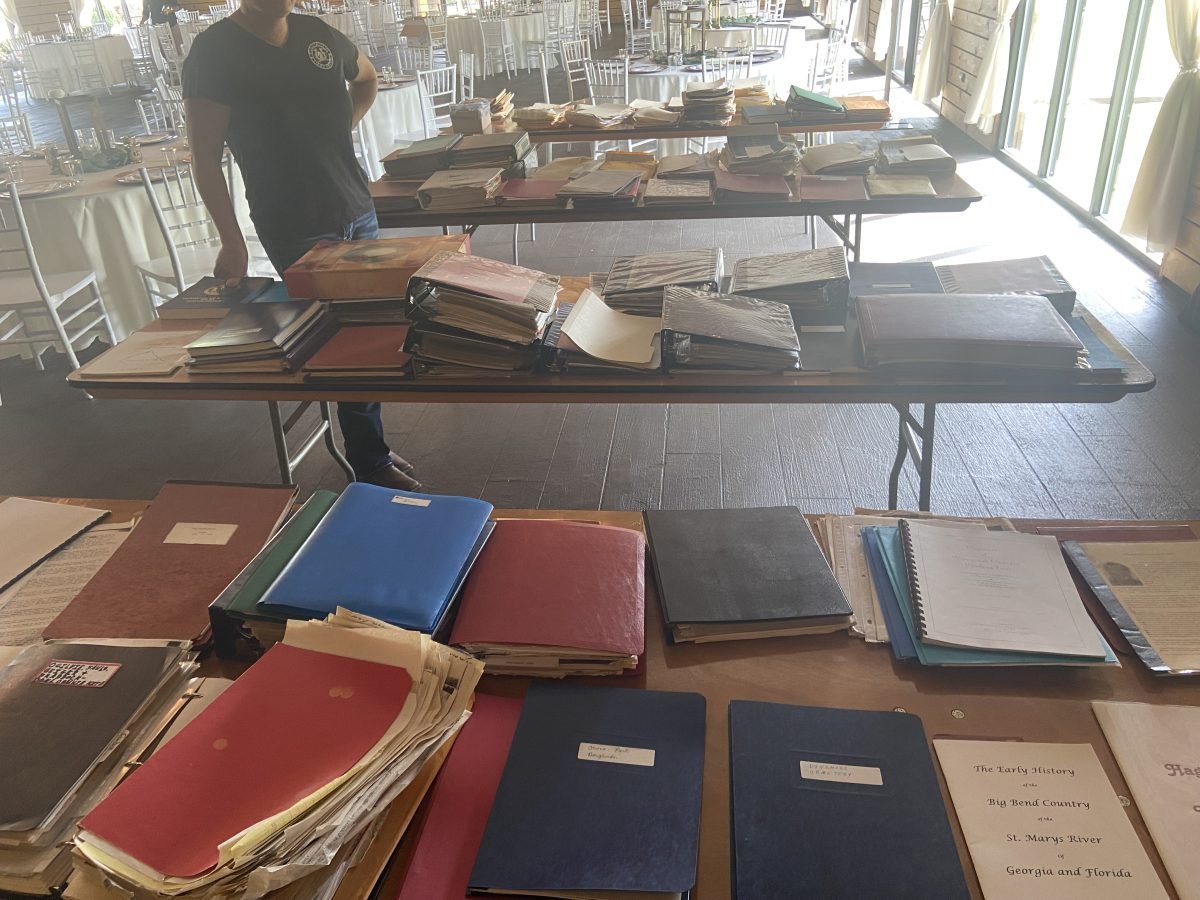Assessing and Understanding Genealogy Materials
Discovering a trove of genealogy materials can be both exciting and overwhelming. Before diving into the organizational process, it’s essential to assess and understand the contents of these folders and binders. In this article, we will guide you through the crucial first step of assessing your genealogy materials, helping you establish a solid foundation for a well-organized family history project.
Prepare your workspace:
Set up a clean, clutter-free workspace with ample room to spread out the materials. Ensure that the area is well-lit, comfortable, and free from potential hazards that could damage the documents, such as direct sunlight or humidity. Gather necessary supplies, like pencils, notepads, sticky notes, and gloves to handle delicate materials.
Take an initial inventory:
Begin by opening each folder and binder and taking a high-level inventory of the materials. List the types of documents, records, and media you encounter, such as photographs, birth certificates, marriage records, census records, newspaper clippings, or letters. Note any folders or binders that contain a mix of different types of documents or records.
Identify recurring themes and patterns:
As you review the materials, look for recurring names, dates, locations, or other key pieces of information. Note any patterns or themes that emerge, such as certain surnames appearing repeatedly or a focus on a specific geographic area. These observations will help you determine the most effective organizational approach later on.
Check for existing organization:
Examine the current organization of the materials to see if there is a discernible structure or logic. Look for labels, notes, or tabs that may indicate previous attempts to categorize the information. Keep in mind that even if the existing organization seems inadequate, it may still provide valuable insights into the collection’s contents.
Create a preliminary timeline:
Using the information you’ve gathered so far, start creating a preliminary timeline or family tree. Jot down any significant dates, events, or relationships that you can glean from the materials. This will help you visualize the family’s history and identify gaps or areas that may require further research.
Note areas of interest or concern:
Flag any items that are particularly intriguing, fragile, or in need of repair. These materials may require special attention or additional research, so it’s essential to make a note of them during the assessment phase.
Document your findings:
Keep a record of your observations, either on paper or digitally, to serve as a reference throughout the organization process. Include a summary of the material’s types, recurring themes, existing organization, and any areas of interest or concern. This documentation will be invaluable as you move forward in your genealogy project.
Free Genealogy Assessment Forms
I have created two free forms for conducting an assessment on any folder, binder, or box of documents, whether donated or originally created by you.
The process of assessing your genealogy materials is a critical first step in organizing and understanding your family’s history. By taking the time to thoroughly review and document the contents of your folders and binders, you’ll establish a solid foundation for a successful and enjoyable genealogy journey.

